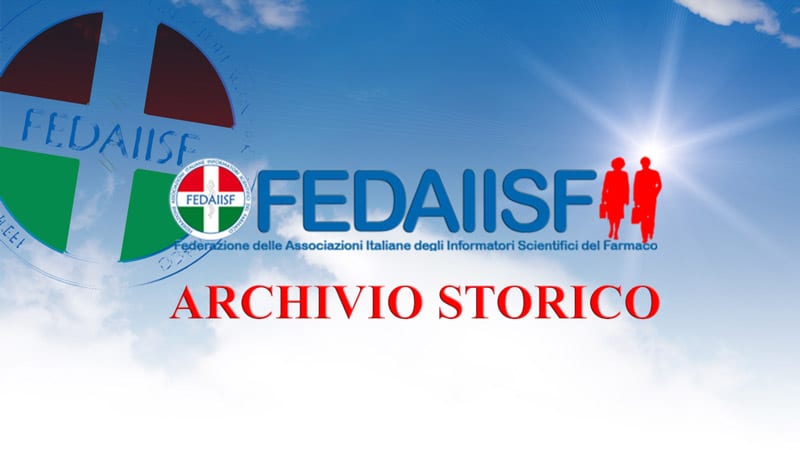The patent has expired – please do not resuscitate. That has been the pharmaceutical índustry’s excuse for a decade of underperformance in the face of a wave of patent expiries.
Trailing the market is quite an effort given the collapse ín bank shares, although in fairness pharma has held íts own in the past year and a half. Is that a buy signal for a global sector that makes lots of cash and has a fair number of defensive qualities? That depends on whether its problems are outweíghed by a couple of notable industry positives.
The patent cliff aside, the two biggest issues facing global pharma companies are shrinking health budgets and unproductive research and development spending. Neither is new, but the industry response has been patchy. The push finto emerging markets is starting to produce results. A feature of Big Pharma’s 2012 quarterly numbers was the pace of revenue growth in emerging against mature markets.
But emerging nations account for a fifth of the global pharmaceuticals market – almost as much as Europe. That is not yet reflected in the sector’s globali sales. R&D is proving a tougher issue to address, though in fairness things are getting better. Each ai .the, past two years has seen the highest number of drug approvala in the US sine 2004. Deutsche Bank estimates that European pharma companies have nearly 60 drugs in the launch pipeline from 2013 to 2015, with peak sales potential of $64bn. That will easily outvveigh the estimated $27bn of patent expiry revenue losses those companies face in that period. A less risk-averse regulatory environment helps, as does the fast that pharma companies may just be taking better drugs than a decade ago. And do not forget M&A in innovative areas such as biotech and genetics (see Roche’s on-otf pursuit of Illumina), which should help to cut R&D costa.
Large"cap US pharma stocks trade in line with the market; their peers in Europe enjoy a small premium, Investors have good reason to recall past underperformance, but it is time to look beyond the patent
